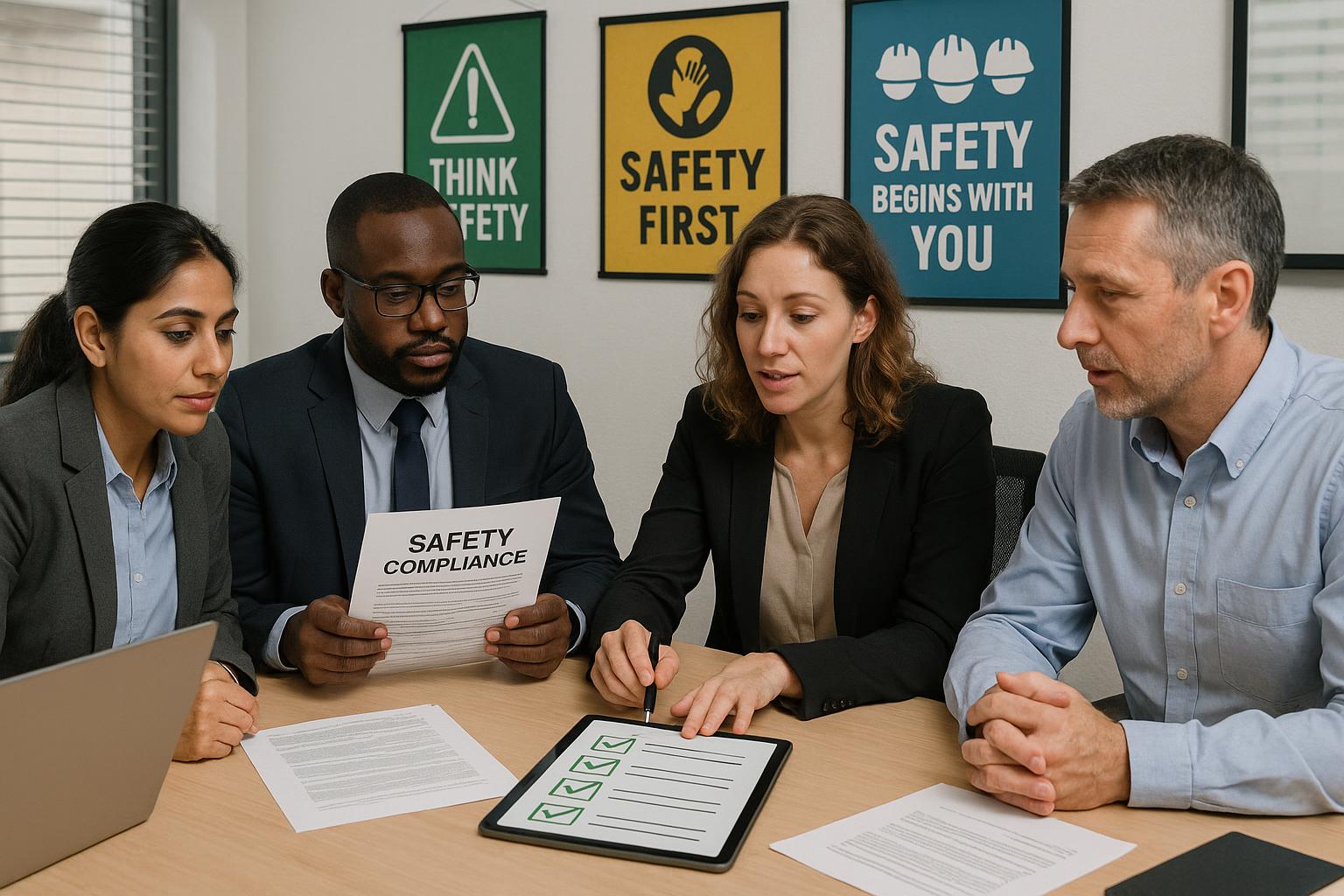In high-risk work environments, managing fall incidents effectively is crucial to ensuring the safety and well-being of employees. From construction sites to industrial settings, having a comprehensive strategy for fall incident management is not just a regulatory necessity but a vital aspect of workplace safety. This guide outlines 10 essential strategies for managing fall incidents in the workplace.
- Proactive Risk Assessment
- Before incidents occur, conduct thorough risk assessments to identify potential fall hazards. This includes evaluating work processes, environments, and equipment to pinpoint areas where falls are likely to occur.
- Comprehensive Fall Prevention Plan
- Develop a robust fall prevention plan that includes specific measures to mitigate identified risks. This plan should encompass the use of appropriate fall protection systems, safe work practices, and emergency procedures.
- Regular Safety Training
- Provide ongoing safety training to all employees, focusing on fall hazards, prevention techniques, and the correct use of safety equipment. Training should be both theoretical and practical, ensuring workers are well-prepared for real-world scenarios.
- Implementation of Fall Protection Systems
- Install and maintain effective fall protection systems such as guardrails, safety nets, and personal fall arrest systems. Ensure these systems comply with regulatory standards and are suitable for the specific work conditions.
- Emergency Response and Rescue Plans
- Have a well-defined emergency response and rescue plan in place. This should include procedures for promptly responding to a fall incident, rescuing a fallen worker, and providing immediate medical attention.
- Regular Inspection and Maintenance of Equipment
- Conduct regular inspections and maintenance of all fall protection equipment. This is crucial to ensure that the equipment is always in good working condition and capable of providing the necessary protection.
- Reporting and Documentation
- Establish a clear protocol for reporting fall incidents. This should include immediate notification of supervisors, detailed incident documentation, and a follow-up investigation to determine the cause and implement corrective measures.
- Investigation and Analysis of Incidents
- After a fall incident, conduct a thorough investigation to identify the root cause. Analyze the incident to understand what went wrong and how similar incidents can be prevented in the future.
- Review and Update Safety Procedures
- Regularly review and update safety procedures based on the findings from incident investigations and changes in work practices, environments, or standards. Continuous improvement is key to effective fall incident management.
- Fostering a Culture of Safety
- Cultivate a workplace culture that prioritizes safety. Encourage open communication, where employees feel comfortable reporting hazards and incidents without fear of reprisal. Promote the idea that safety is everyone’s responsibility.
Managing fall incidents in the workplace requires a multi-faceted approach that includes risk assessment, planning, training, proper equipment, emergency preparedness, and a strong safety culture. By implementing these 10 essential strategies, organizations can significantly reduce the occurrence of fall incidents and ensure a safer working environment for all employees.



